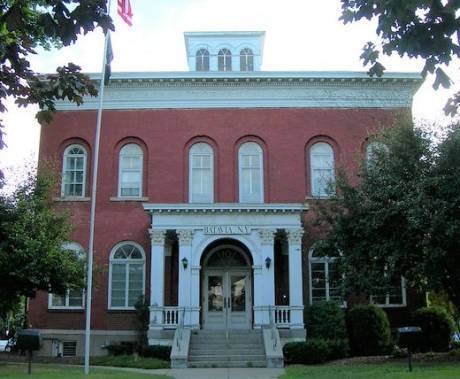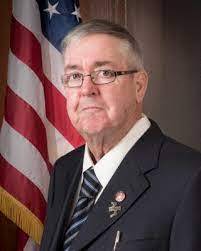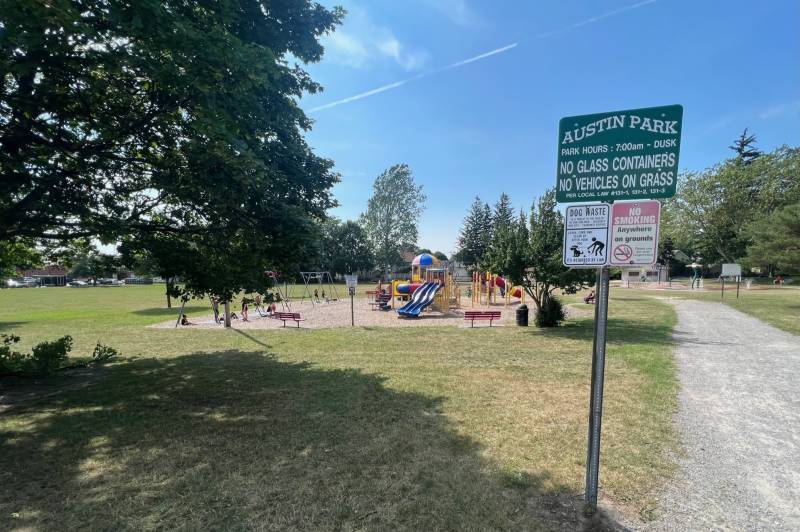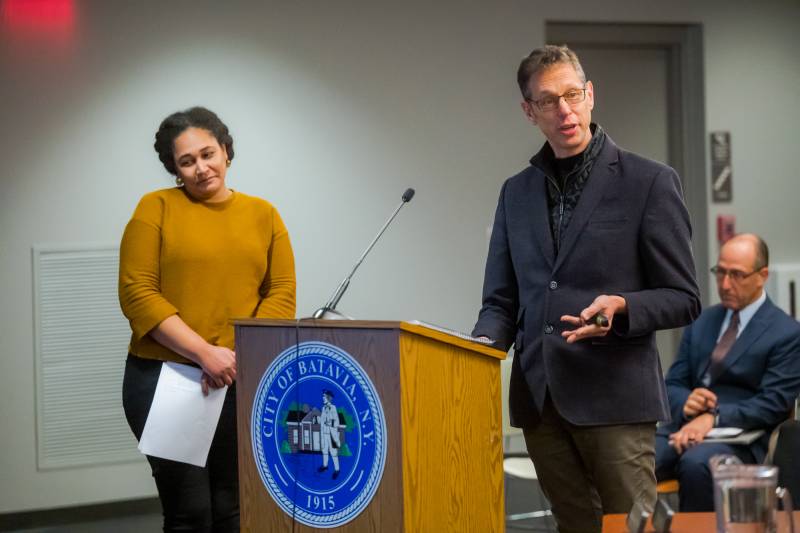Brisbane Mansion goes out for RFP: city officials would like market rate apartments or a boutique hotel
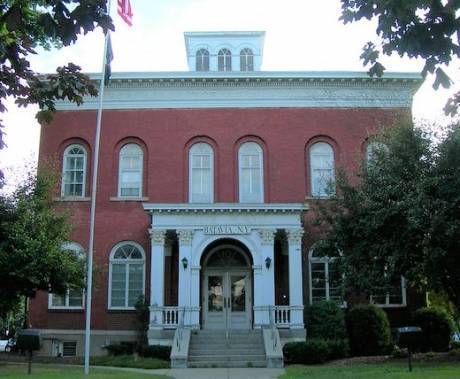
Photo by Howard Owens
If you’ve had visions of taking over the city police station -- more formally known as Brisbane Mansion — and carving it up into city-suggested market-rate apartments or boutique hotel rooms situated on a route with one of the highest traffic counts in Western New York, then city officials are ready to see if you’re serious.
Because they are.
Both city management and Batavia Development Corporation staff are looking for redevelopment proposals for the much-discussed and debated mansion now serving as police headquarters until the department vacates later this year.
There have been studies and committee discussions, architectural assessments, tours, and final analyses in recent years that city police belonged elsewhere instead of trying to rehab the site to fit departmental needs.
What those studies also showed, apparently, is that the site at 10 W. Main St., in downtown Batavia, would be best suited for 11 market rate apartments or 16 boutique hotel rooms. They would be ideal for the more than 30,000 vehicles that pass by daily as they converge onto either routes 5 or 63 to potentially stop in for a night’s stay or opt to nestle into a rental.
“At the end of 2025, the former City Hall and Police Station will be vacant, which will offer an incredible opportunity to redevelop a very visible landmark adjacent to the City’s emerging and vibrant downtown district,” city officials said in a press release. “A recent building reuse analysis suggested that the two-story building with more than 11,000 square feet of space could accommodate 11 market-rate apartments or 16 boutique hotel rooms.”
“The City and BDC desire to work with a qualified development team that has experience redeveloping historic sites,” the release stated.
That was one of the goals mentioned during a presentation to City Council by Ed Flynn of LaBella Associates and BDC Executive Director Tammy Hathaway in December.
They recommended putting the site up for an RFP to determine developer or investor interest in redeveloping the property and provide information about the existing conditions, characteristics and feasibility study options by an Insight Architecture report for use as apartments or a boutique hotel.
“This can provide a lot of information for the developers that they'll be looking for in terms of the existing condition of building the site, as well as what are some opportunities for redevelopment,” Flynn said. “We also want to make sure we establish some community goals for the project before it goes out so the developer knows what the community goals are for the project. And the ones we kind of have listed here are, preservation of the building and site.
"It's an important historic property in the city of Batavia; it’s very visible. A lot of heritage and history to the building," he said. "And so that's kind of a key goal that we want to maintain compatibility with downtown.”
Another goal is to put it back on the tax roll, he said, for the first time since 1917 when it was established for city government, non-taxable use.
“So, obviously, you don’t want a nonprofit to go in there, and then we want to make sure we get an experienced developer with financial resources,” he said. “So that would be part of the RFP, part of the process of reviewing the proposals when they come in, and talking to the banks and whoever they’re using for their financial back.”
What they don’t want is for someone to buy it and hold it for five years, with nothing happening to the property during that time, he said. The right developer will have the financial means and capacity to complete the renovations and be experienced in having completed other similar projects.
Demand for residential units is “incredibly high,” according to the latest county Housing Needs and Market Analysis, the RFP states. Given the shortage within the region for available, attractive, market-rate apartments and the central location of the building, adding apartments “can contribute to the resilient, walkable downtown setting which Batavia has prioritized,” it states.
An approximate annual income from these rentals with 100% expected occupancy could be $164,000, and based on a more conservative estimate of 60% occupancy for the 16 hotel rooms, which would be 10 occupied rooms, the hotel could generate about $350,000 of revenue annually, according to the RFP.
The proposal outlines location characteristics, maps, flood hazard information, and property assessment — the conditioned market value of the site was $740,000 based on an appraiser’s site visit, and the current tax assessment is $820,000 — community goals for the project, selection criteria and process, demographic details, and potential grants and financing.
There are 10 options for financing listed, including:
1. NY Main Street Program – provides up to $500,000 in grant funds for anchor building projects.
2. Restore NY Communities – grants of up to $2 million for rehabilitation, construction, demolition, and environmental remediation.
3. City Revolving Loan Fund – provide funds for building improvements that have a visual impact and facade work for rehabilitation or new build (a grant of 40% of the total project cost will be considered with a cap at $20,000 per project). Additional funding is available for strategic priority projects in the City that are making significant capital investments.
4. Genesee County Economic Development Center - loan fund and other IDA incentives available, including the Pathways to Prosperity fund for the City of Batavia.
5. NYS CDBG Economic Development Program – potentially up to $750,000 in grant funds; funds up to 40% of project costs; job requirements; competitive application.
6. NYSERDA – state matching grants for investment in energy-efficient building systems.
7. New York State and Federal Historic Preservation Tax Credits - tax credits available up to 40% of project costs (20% state; 20% federal).
8. Empire State Development Corporation – provides up to 20% of total project costs for building acquisition, rehabilitation, equipment and site development for commercial or mixed-use projects.
9. Real Property Tax exemption 485b – the City participates in the 485b exemption program, which provides a 10-year exemption for increases in taxable value starting at 50% and decreasing to 5% in the 10th year.
10. Real Property Tax exemption 485a – the City also participates in the 485a exemption program, which provides a 12-year exemption for mixed-use properties, including a 100% exemption for years 1-8, followed by additional 20% reductions until year 12. At least 40% of the sq. ft. of the building must be used for residential purposes, and a minimum of 15% of the sq. ft. must be used for commercial purposes.
The RFP is posted on the City of Batavia’s website at www.batavianewyork.com. It can also be found on the City Plans page of the BDC’s website at www.bataviadevelopmentcorp.org or by contacting Tammy Hathaway at the Batavia Development Corporation at 585-813-8054 or director@bataviadevelopmentcorp.org.
Proposals are due on Friday, May 30, 2025, and a pre-proposal meeting is scheduled for March 20, 2025, at 1 p.m. at the site.

